#social housing
Text
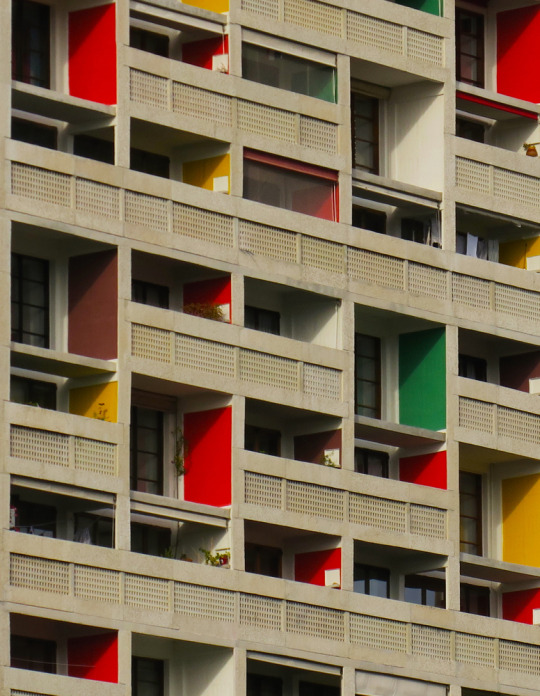
Exterior, Unité d'Habitation
Le Corbusier
508 notes
·
View notes
Text
VERY interested in this. I've had ideas for a similar model that makes less use of the private market, but this does seem to have some advantages as well - most notably, that local gov'ts can implement this quickly, it doesn't require as much fundraising woes, and is less prone to partisan interference.
209 notes
·
View notes
Text

Les Étoiles d’Ivry, Renée Gailhoustet and Jean Renaudie, 1975
THE HUNGER GAMES: MOCKINGJAY PART II (2015)
This site was the second Parisian housing complex to feature in the film, with Ricardo Bofill's Espaces Abraxas playing a larger role. None of the architects responsible would have envisaged their work as it was cast here: as residences for a facist elite. On the contrary, both projects provided social housing, and sought, in their own way, to redefine what that type of building could be architecturally. Bofill hoped to elevate the lives of residents by transplanting a language of perceived grandeur, monumentality and luxury into the arena of low income residences. And Gailhoustet and Jean Renaudie wanted to break free of the bland monotony of characterless, cookie cutter units which often characterised social housing. Photo (cropped) by Robert Doisneau
#Les Étoiles d’Ivry#Renée Gailhoustet#Jean Renaudie#brutalism#architecture#eco brutalism#the hunger games#paris#social housing
157 notes
·
View notes
Text
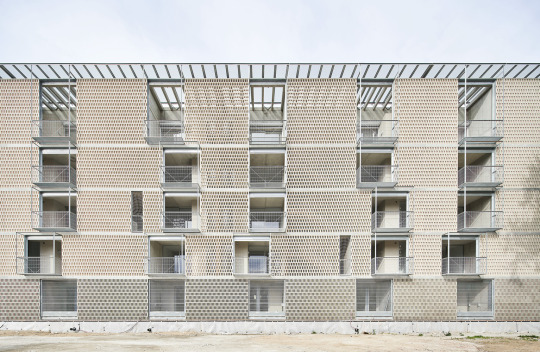





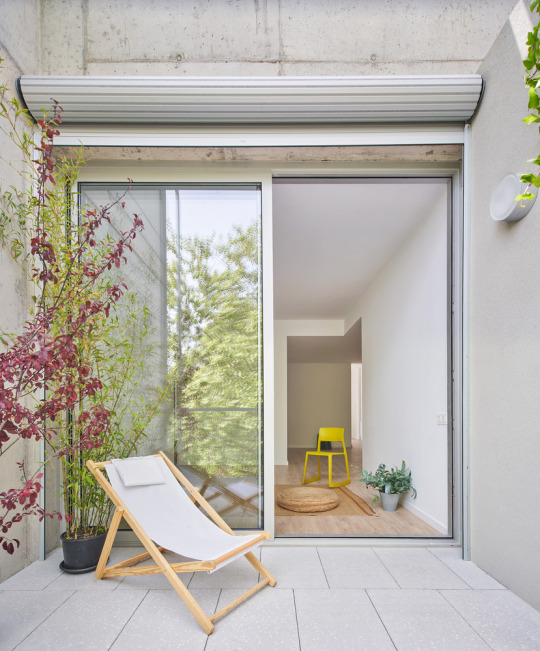
Bon Pastor Social Housing, Barcelona - Peris+Toral
#Peris+Toral#architecture#design#building#modern architecture#interiors#minimal#concrete#contemporary architecture#social housing#low income housing#sustainable architecture#beautiful design#facade#light#courtyard#apartment#balcony#spain#barcelona
145 notes
·
View notes
Text
Does america just not have high rise residential areas?

This is just a block of council flats. They're everywhere in great Britain, especially in North England. There are entire council estates of the things. My uncle lives in one. What's so commie about them?
Your just brainwashed into hating social housing.
#social housing#housing#affordable housing#commie blocks#socialism#socialist#leftism#leftist#politics#uspolitics#us politics#uk politics#left wing#communism#social democracy
231 notes
·
View notes
Video
not having to work in a factory as a child
#tiktok#british history#social housing#trade unions#NHS#verso books#labor history#working class history#working class#history#labor vs capital#labor movements#labor movement#collective action
347 notes
·
View notes
Text

The Chrisp Street Market Clock Tower and flats in Poplar contrast with the skyscrapers of Canary Wharf
#London#Poplar#Canary Wharf#contrast#architecture#clock tower#flats#urban#urban photography#skyscrapers#social housing#Chrisp Street Market#England#UK#cityscape#urban landscape
83 notes
·
View notes
Text

Social Housing (1976) in Saulx-Les-Chartreux, France, by Paul Chemetov
397 notes
·
View notes
Text
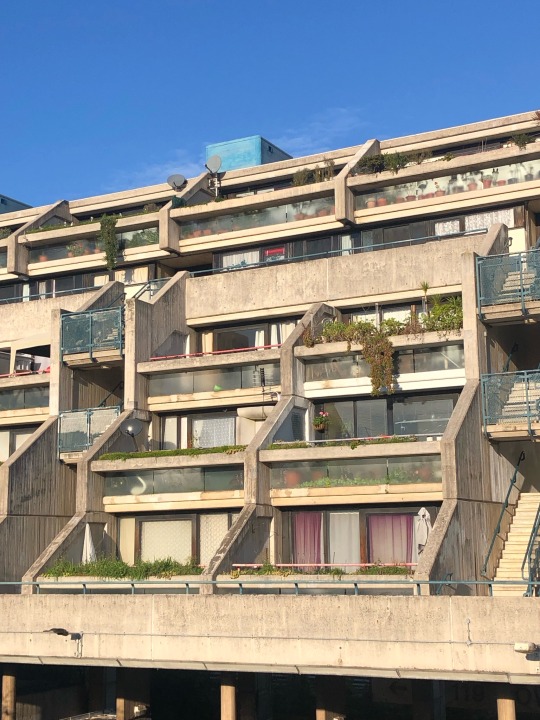


Alexandra Road Estate
Neave Brown, 1979
#architecture#modern architecture#neave brown#mine#design#social housing#art#art and design#modernism#modernist#brutalist#brutalism#london#united kingdown
496 notes
·
View notes
Link
Poorly designed, shoddily built council housing is, however, a political choice, not the inevitable consequence of state management. The original conception of social housing was to provide the kind of homes that appealed across classes, to create communities in which “the doctor, the grocer, the butcher and the farm labourer all lived in the same street”, as health and housing minister, Nye Bevan, put it in 1949, describing his vision of the new municipally owned housing estates.
Political reality killed such aspiration. Council houses came to be built cheaply and became marked by social stigma, the repositories of the poor and the deprived. From Ronan Point to Grenfell Tower, social housing was not just tawdry but often dangerous, too.
“The phrase ‘council estate’,” Lynsey Hanley writes in Estates, her history of council housing, “is a kind of psycho-social bruise: everyone winces when they hear it.” “It makes us think of dead ends (in terms of lives as well as roads),” Hanley adds, and “of bad design, identical front doors, windswept grass verges, and the kind of misplaced optimism which, in Britain especially, gives the individualistically inclined an easy way to kick social-democratic values.” Little wonder that by 1979 so many council tenants were eager to seize the chance to become owner occupiers.
The abandonment of social housing for a policy of home ownership and of trusting in market forces has not, however, provided most working-class people with greater control of their lives. There has been a decline in house building since the 1970s. As house prices have soared while wages have stagnated, so home ownership has moved beyond the reach of more and more people. In the early 1990s, the average house cost around four times the average wage. By the end of last year, it cost nine times the average wage.
[...]
What good housing requires, as Vienna shows, is political vision and will. The real question is not: why shouldn’t working-class people own their own homes? It should rather be: why should we not all have proper, decent housing? That costs money, and higher taxation. But it is not nearly as utopian as many imagine.
326 notes
·
View notes
Text
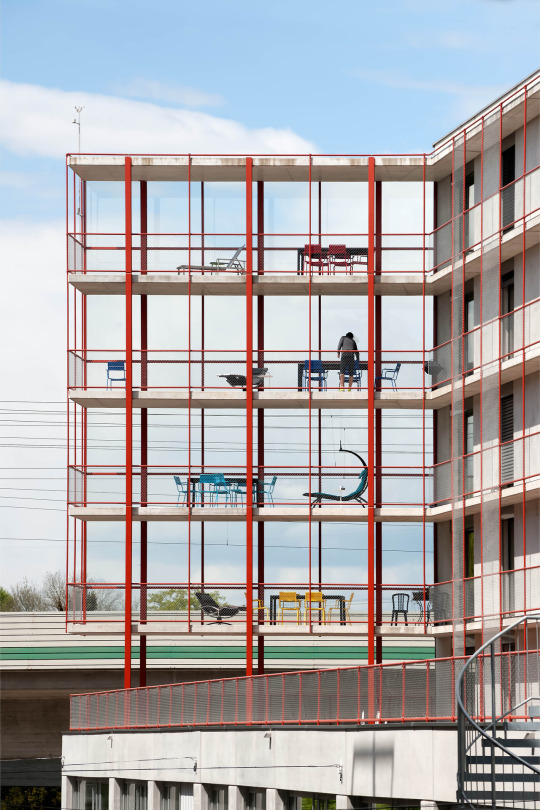
SCHNEIDER STUDER PRIMAS
ZWICKY SÜD, 2016
Dübendorf, Switzerland
Image © Andrea Helbling
#architecture#design#architect#art#designer#archdaily#artwork#photography#juliaknz#form#housing#public housing#social housing#swiss architecture#residential#urban living#context#architectural form#space#dezeen#ignant
38 notes
·
View notes
Text
Landlord bootlickers think landlords are important to the rental market because when they leave, the properties go off the rental market, as if the properties cease to exist, rather than being shifted to the sellers market and sold. This logic exists in a vacuum. The vacuum of pro landlord brain rot.
In reality, landlords have taken property from the private sellers market, which otherwise would have been bought by people to live in, such as couples or familes etc, but instead have become part of an investment portfolio. This is where the propaganda begins.
Landlord stans will claim that the landlord putting the property up for rent to be rented by, the family or couple or person who got outbidded on the private market by the landlord, is a good thing because it is providing a market. They will never acknowledge that the property has been horded, stolen right out from under the people who want to buy it to live in.
Instead you get this cognitive dissoance about how the landlords are providing a service and we should all be grateful, and to never call out landlords on being scum of the earth when they pull shit such as putting a bed up on the market for rent, in a shared room, in a shared house.
They will never admit that by forcing a landlord to sell up, that it will be a net benefit to the rental market by reducing demand. That's one less family/couple/person looking for a place to rent and will be able to buy. That's a good thing, especially during this housing crises.
There are too many people on the private rental market because they have no choice. They need a place to live, and the private rental market really isn't sutiable and the options are slim already. So this pro landlord propaganda rubs me the wrong way. Why should we bend over backwards to cater to them?
Their apologists act like when a landlord enters the rental market that the property they are offering just spontaneously pop into existence! And extend that thinking to when landlords sell up, that the property ceases to exist.
It's magical thinking, but I don't put that past much people in this country to be perfectly honest.
#greedy landlords#landlords#capitalism#ireland#irish politics#class warfare#propaganda#landlord propaganda#landlords are parasites#irish housing crises#housing crises#social housing#rent culture#housing should not be a speculative investment
69 notes
·
View notes
Note
Re zoning regulation reform: could you go into detail as what that would look like in terms of wiping the slate clean. I feel like it would be better to go the houston route and just be zoning free
You do not want to go the Houston route.
youtube
Houston may claim to be "zoning-free" - and to be fair, it doesn't have some of the more common regulations on land use, or density, or height restrictions (more on this in a minute) - but the reality is far more complicated and the status quo is not one that's friendly to the interests of working-class and poor residents, or to the possibility of sustainable urbanism.
The answer to NIMBYism isn't to abolish all regulations and let the free market rip, it's to surgically target zoning, planning, and litigation that is used against affordable housing, public/social housing, mass transit, clean energy, and walkable neighborhoods, and to replace it with new forms of regulation that encourage these forms of development.
So let's take take these categories in order.
Zoning
As I tell my Urban Studies students, zoning is both one of the most subtle and yet comprehensive ways in which the state shapes the urban environment - but historically it has been used almost exclusively in the interests of racism and classism. Reforming zoning requires going over the code with a fine-toothed comb to single out all the many ways in which zoning is used to make affordable housing impossible:
The most important one to tackle first is density zoning and building heights limitations. The former directly limits how many buildings you can have per unit of land (usually per acre), while the latter limits how big the buildings can be (expressed either as the number of stories or the number of feet, or as both). Closely associated with these zoning regulations are minimum lot size regulations (which regulate how much land each individual parcel of real estate has to cover, and thus how many how many housing units can be built in a given area), and lot coverage, setbacks, and minimum yard requirements (which limit how much square footage of a lot can be built on, and what kinds of structures you can build).
the other big one is use zoning. To begin with, we need to phase out "single use" zoning that designates certain areas as exclusively residential or commercial or industrial (a major factor that drives car-centric development, makes walkable neighborhoods impossible, and discourages the "insula" style apartment building that has been the core of urbanism since Ancient Rome) in favor of "mixed use" zoning that allows for neighborhoods that combine residential and commercial uses. Equally importantly, we need to eliminate single-family zoning and adopt zoning rules that allow for a mix of different kinds of housing (ADUs, duplexes and triplexes, rowhouses/terraced houses, apartment buildings).
finally, the most insidious zoning requirements are seemingly incidental regulations. For example, mandatory parking minimums not only prioitize car-dependent versus transit-oriented development but also eat up huge amounts of space per lot. The most nakedly classist is "unrelated persons" zoning, which is used to prevent poorer people from subdividing houses into apartments, which zaps young people who are looking to be roommates and older people looking to finance their retirements by running boarding houses or taking in lodgers, as well as landlords looking to convert houses from owner-occupied to rental properties.
So I would argue that the goal of reform should be not to eliminate zoning, but rather to establish model zoning codes that have been stripped of the historical legacies of racism and classism.
Planning
Similar to how zoning shouldn't be abolished but reformed, the correct approach to planning isn't to abolish planning departments wholesale, but to streamline the planning process - because the problem is that right now the planning process is too slow, which raises the costs of all kinds of development (we're focusing on housing right now, but the same holds true for clean energy projects), and it allows NIMBY groups to abuse the public hearings and environmental review process to block projects that are good for the environment and working-class and poor people but bad for affluent homeowners.
As those Ezra Klein interviews indicate, this is beginning to change due to a combination of reforms at both the state and federal level to speed up the CEQA and EPA environmental review process in a number of ways. For example, one change that's being made is to require planning agencies and environmental agencies to report on the environmental impact of not doing a project as well, to shift the discussion away from petty complaints about noise and traffic and "neighborhood character" (i.e, coded racism and classism) and towards real discussions of social and environmental justice.
At the same time, more is needed - especially to reform the public hearing process. While originally intended by Jane Jacobs and other activists in the 1970s as a democratic reform that would give local communities a voice in the planning process, "participatory planning" has become a way for special interests to exercise an unaccountable veto power over development. Because younger, poorer and more working class, and communities of color often don't have time to attend public hearing sessions during the workday, these meetings become dominated by older, whiter, and richer residents who claim to speak for the whole of the community.
Moreover, because community boards are appointed rather than elected and public hearings operate on a first-come-first-serve basis, an unrepresentative minority can create a false impression of community opposition by "stacking the mike" and dialing up their level of militancy and aggression in the face of elected officials and civil servants who want to avoid controversy. (It's a classic case of diffuse versus concentrated interests, something that I spend a lot of classroom time making sure that my students learn.)
Again, the point shouldn't be to eliminate public hearings and other forms of participatory planning, but to reform them so that they're more representative (shifting public hearings to weekends and allowing people to comment via Zoom and other online forums, conducting surveys of community opinion, using a progressive stack and requiring equal time between pro and anti speakers, etc.) and to streamline the review process for model projects in categories like affordable housing, clean energy, mass transit, etc.
Litigation
Alongside the main planning process, there is also a need to reform the litigation process around development. In addition to traditional tort lawsuits from property owners claiming damage to their property from development, a lot of planning and environemntal legislation allows for private groups to sue over a host of issues - whether the agency followed the correct procedures, whether it took into account concerns about this impact or that impact, and so forth.
As we saw with the case of Berkeley NIMBYs who used CEQA to block student housing projects over environmental impacts around "noise," this process can be used to either block projects outright, or even if the NIMBYs eventually lose in court, to draw out the process until projects fall apart due to lack of funding or the proponents simply lose their patience and give up.
This is why we're starting to see significant reforms to both state and federal legislation to streamline the litigation process. The categorical exemptions from review that I discussed above also have implications for litigation - you can't sue over reviews that didn't happen - but there are also efforts to speed up the litigation process through reducing what counts as "administrative record" or by putting a nine-month cap on court proceedings.
Again, this is an area where you have to be very surgical in your changes. Especially when the politics of the issue divide environmental groups and create odd coalitions between labor, business, climate change activists, and anti-regulation conservatives, you have to be careful that the changes you are making benefit affordable housing, clean energy, mass transit and the like, not oil pipelines and suburban sprawl.
#public policy#housing#zoning#policy history#urban planning#public housing#social housing#yimbys#yimbyism#affordable housing#urban studies#urbanism#houston#nimbyism#nimbys#environment#climate change#clean energy
93 notes
·
View notes
Text
Quebec's National Assembly unanimously adopted a motion pledging it would spend all the money it received from the federal government's Housing Accelerator Fund (HAF) on off-market housing.
The motion, brought forward by Québec Solidaire (QS), follows a deal the province struck with Ottawa on Oct. 13. The federal government will grant Quebec $900 million to put in housing, which the province will match for a total of $1.8 billion.
The motion calls for the government to put the money in co-operative housing, low-income housing (HLM) and subsidized housing (OSBL).
"We're seeing the resurrection of social housing in Quebec after the [Coalition Avenir Québec government] sent it to its grave," said QS's housing critic, Andrés Fontécilla.
"The housing crisis is hitting every household in Quebec very hard, especially when it comes to tenants. It's urgent to build more housing."
Continue Reading.
Tagging: @politicsofcanada
45 notes
·
View notes
Text
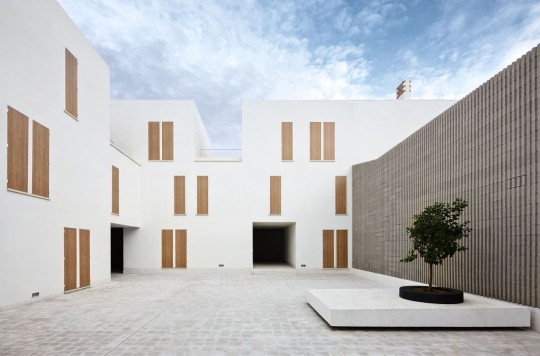
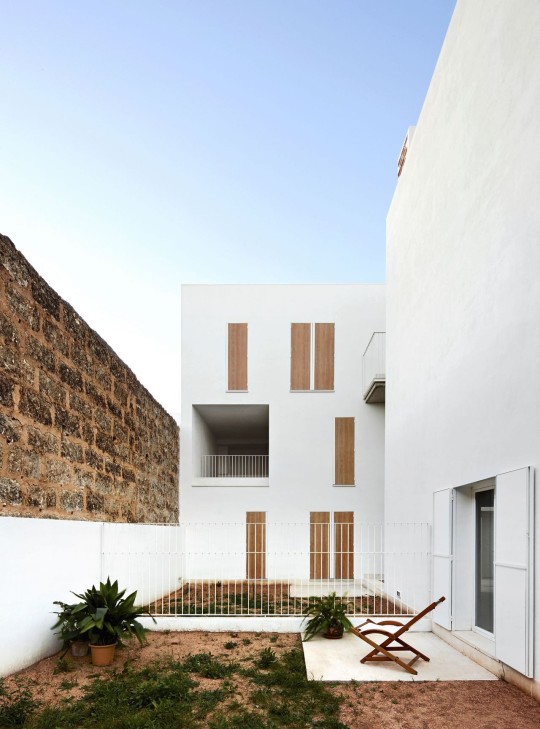
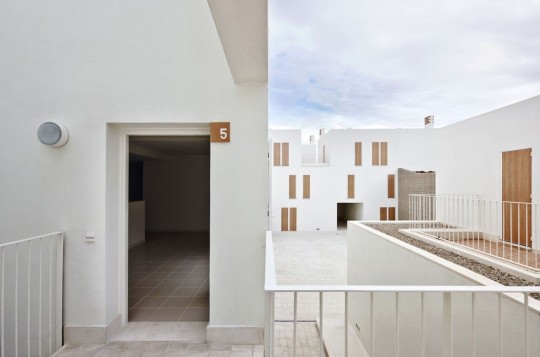
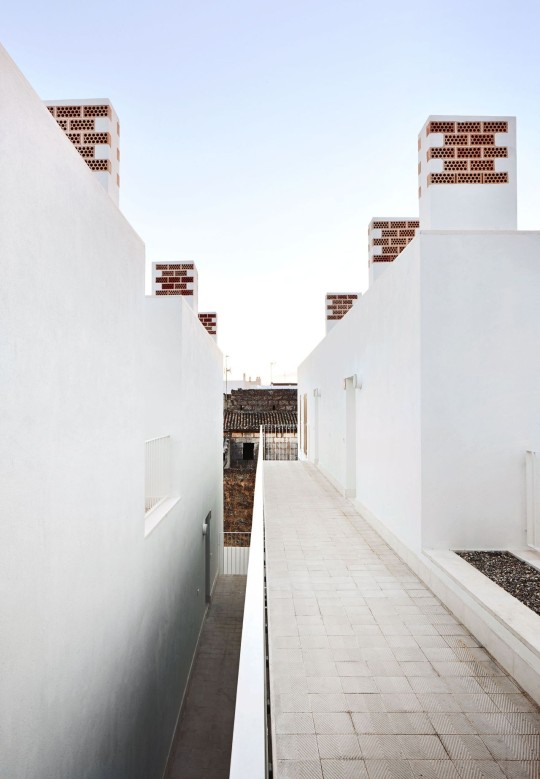
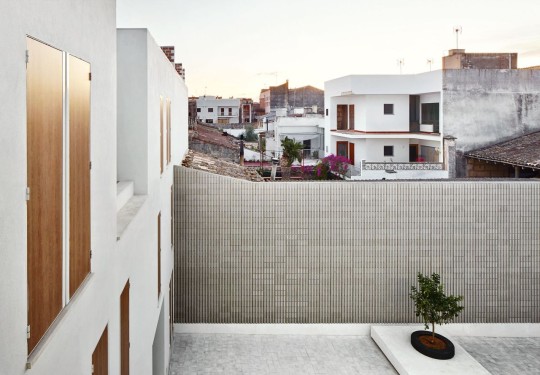


Social Housing in Sa Pobla, Majorca - RIPOLLTIZON
#RIPOLLTIZON#architecture#design#building#modern architecture#interiors#house#minimal#housing#social housing#beautiful design#light#render#balconies#courtyard#kitchen#low cost#chimney#majorca#spanish architecture
143 notes
·
View notes
Text

Unité d'Habitation, Marseille
Le Corbusier
65 notes
·
View notes